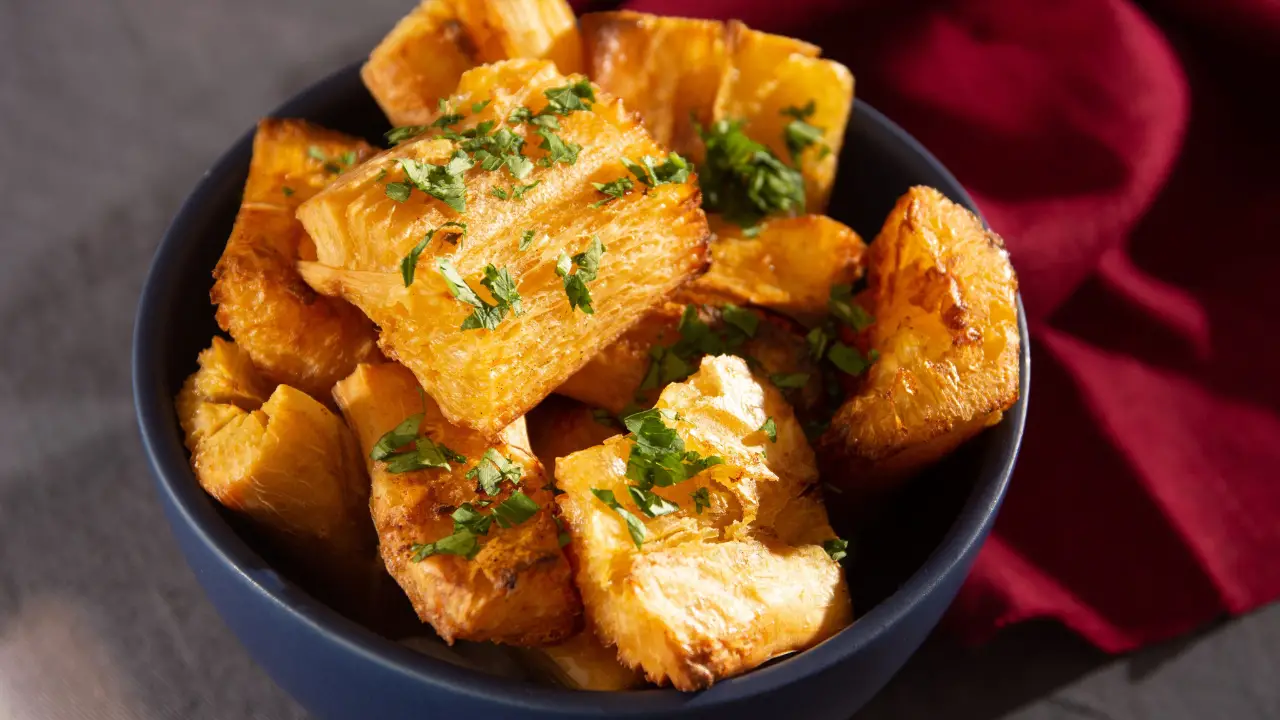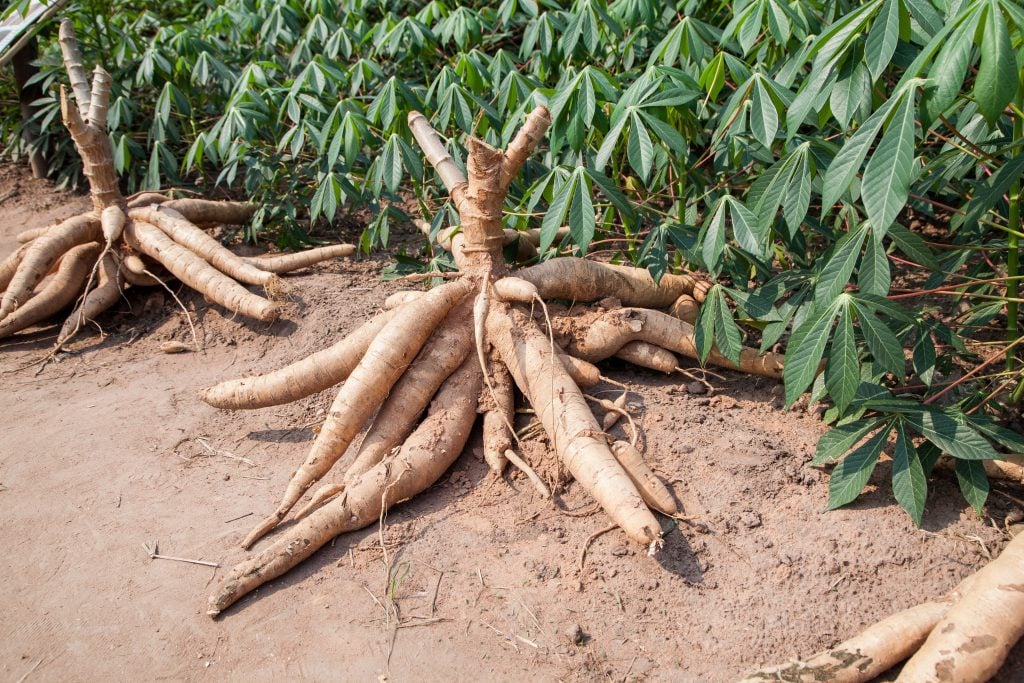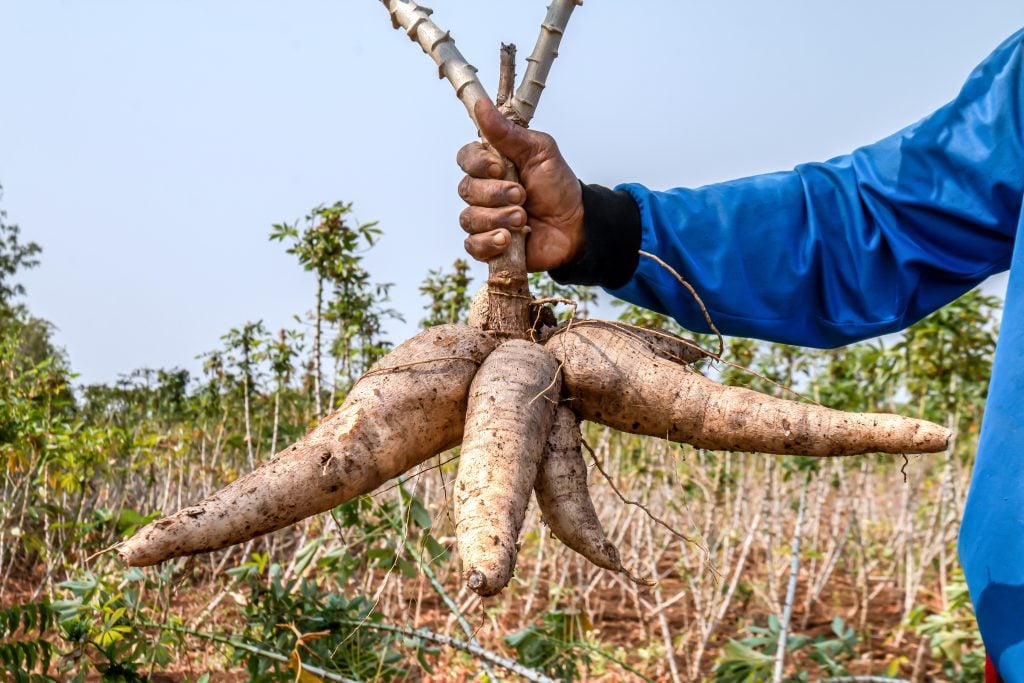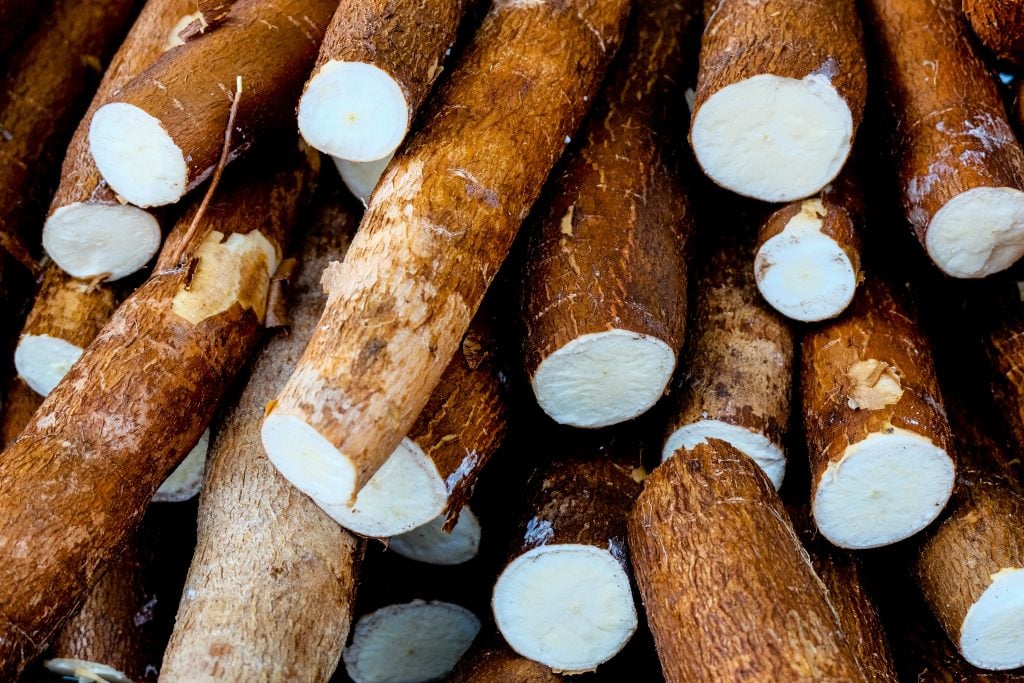
Credit: Adobe Stock
‘World’s Deadliest Food’ Kills Over 200 People Every Year
The ‘world’s deadliest food‘ is said to kill more than 200 people per year yet is a staple in 800 million people’s diets.
Across Africa, millions depend on the plant in question, which is used in various dishes and can be used to make flour, bread, and starch.
The dried and ground root can also be used as a thickening agent, with the white pearls in bubble tea made using the plant.

The plant, which grows in tropical and subtropical regions worldwide, is resistant to drought, diseases, and pests and is said to be the second most widely grown and consumed food in Uganda following bananas.
70% of its production is concentrated in five countries: Nigeria, Brazil, Thailand, Indonesia, and the Congo Democratic Republic, with Nigeria being the largest producer.
Yet concerningly, the World Health Organization (WHO) warns the plant that millions depend on to survive can also be lethal, with it being estimated that it kills upward of 200 people per year.
NBC News reported in 2005 that 27 elementary school children in the Philippines died and another 100 were hospitalized after eating the plant.

The food can be toxic when prepared incorrectly as it contains cyanogenic glycosides – chemical compounds that can release cyanide when chewed or damaged.
This leads to potential cyanide poisoning if not properly prepared before consumption.
The bitter variety of the root contains high levels of toxins and can’t be eaten raw while the sweet version is low in cyanogenic glycosides and is safer to eat.
Cassava, also known as manioc and yuca, can cause permanent paralysis, a condition known as konzo.

Tropical ataxic neuropathy (TAN), a neurological disorder is also associated with the consumption of cassava. It can cause ataxia, or loss of balance and coordination, as per Pub Med.
In 2017, there was an outbreak of suspected cyanide poisoning in western Uganda, involving 98 cases with two deaths occurring.
According to Centres for Disease Control and Prevention, an investigation identified consumption of a cassava flour dish made from wild cassava cultivars with high cyanogenic content as the cause of the outbreak.
To safely consume the plant it must be prepared correctly, this includes removing the outer bark and inner peel and leaving it to soak in water for several hours or up to two days, which reduces the amount of harmful chemicals, before cooking the root.
Related Article: Single Bite Of Dangerous Dish Can Give You Cancer
Related Article: Teenager Dies After Eating Tortilla Chip So Hot That He Passed Out
Want more stuff like this?
Get the best viral stories straight into your inbox!